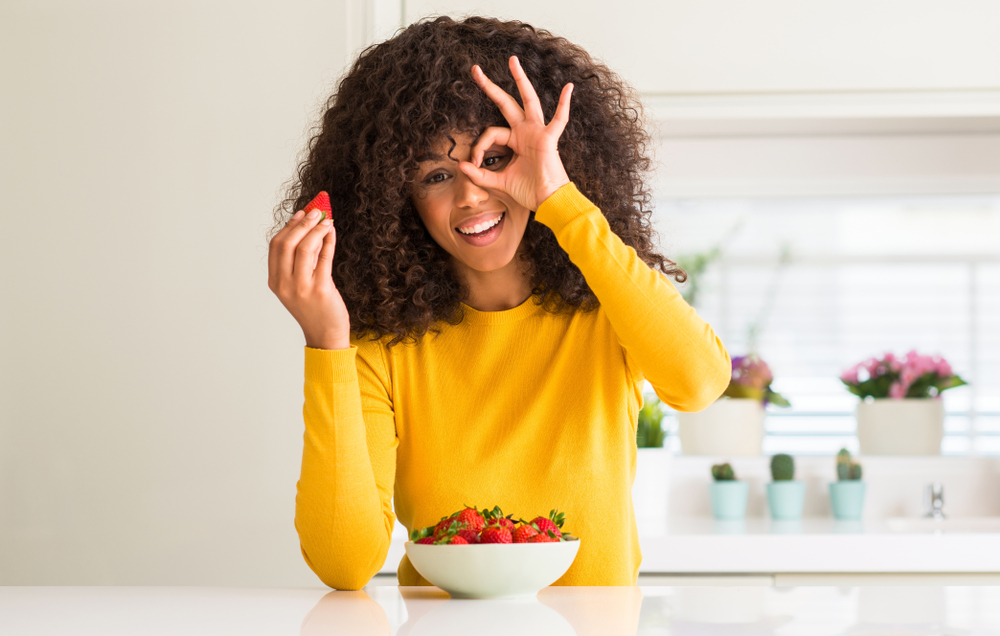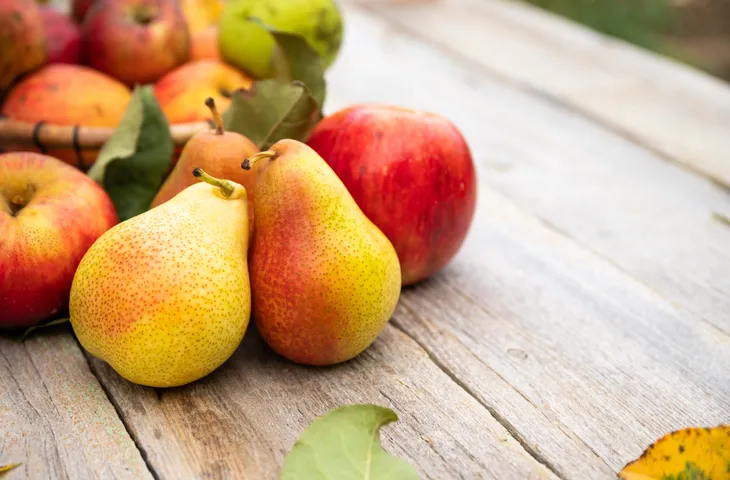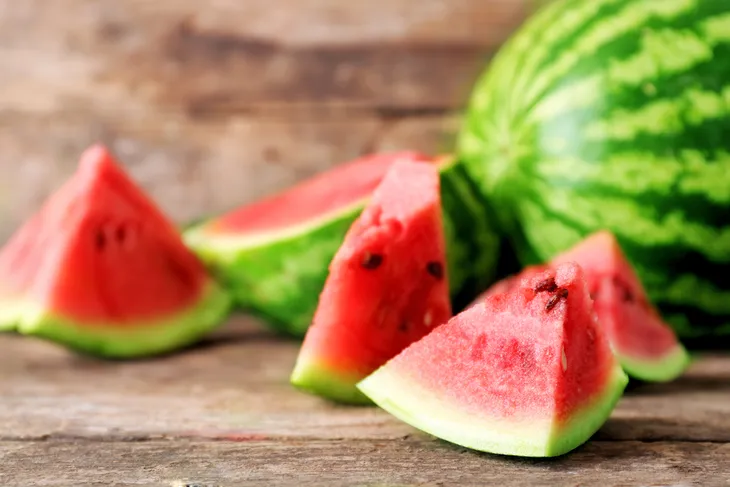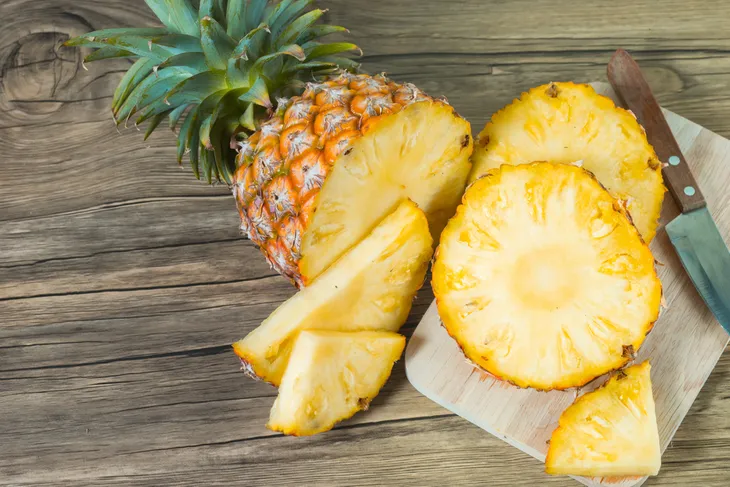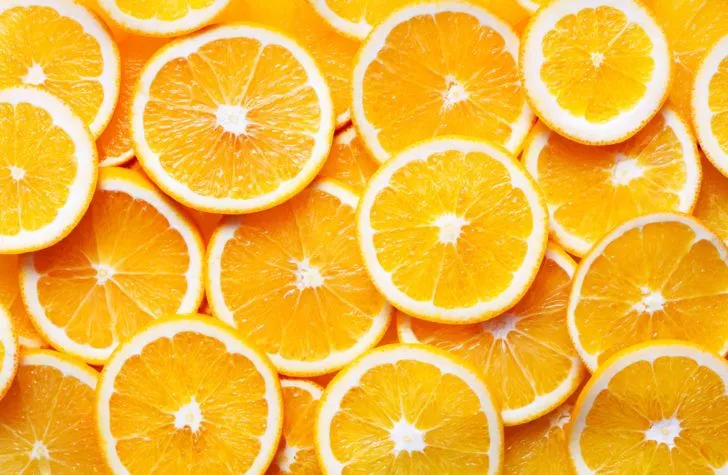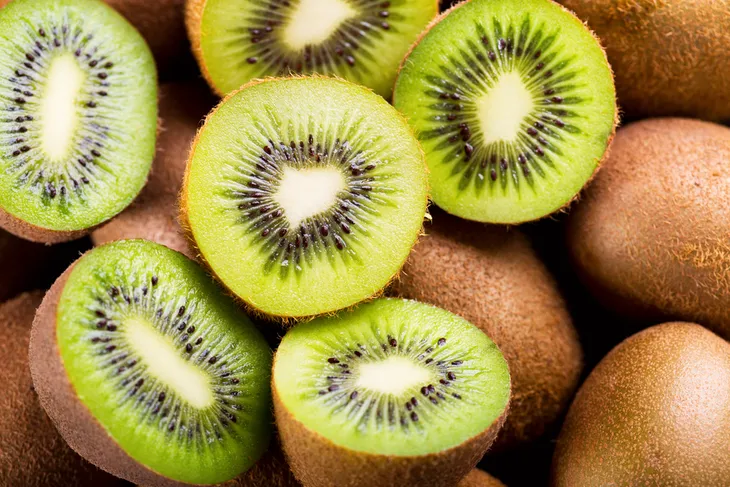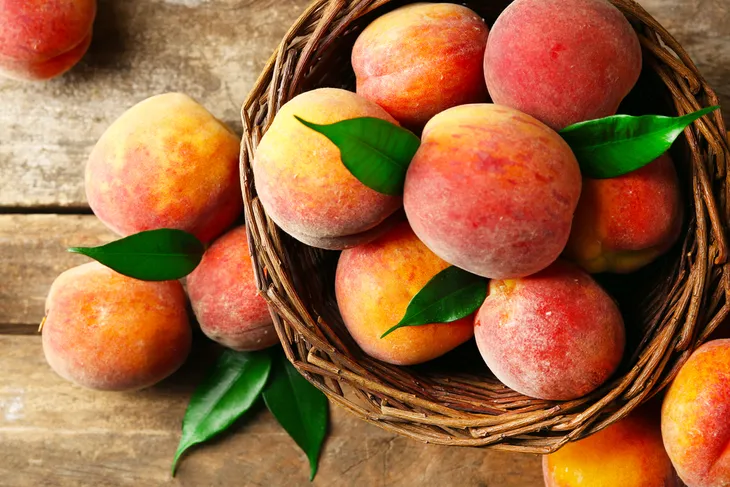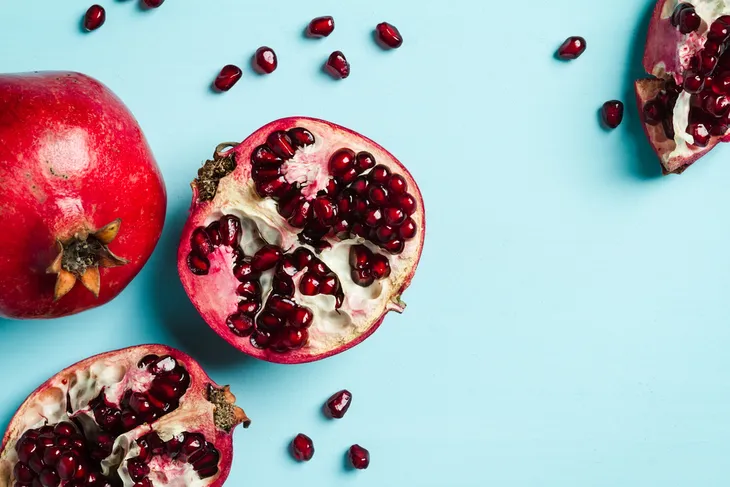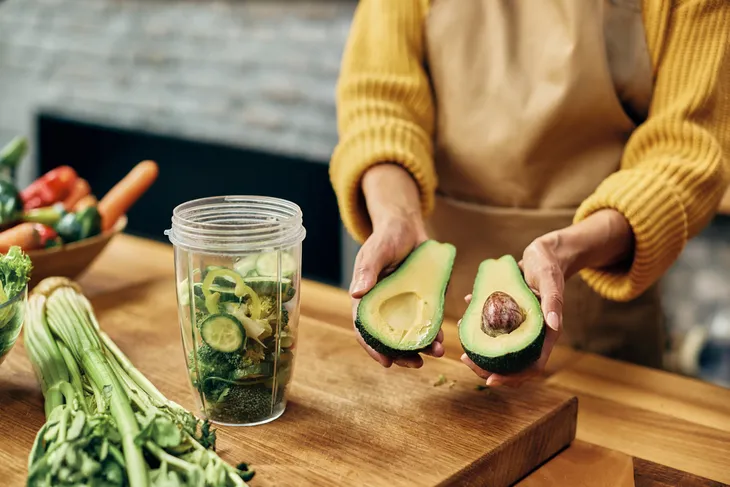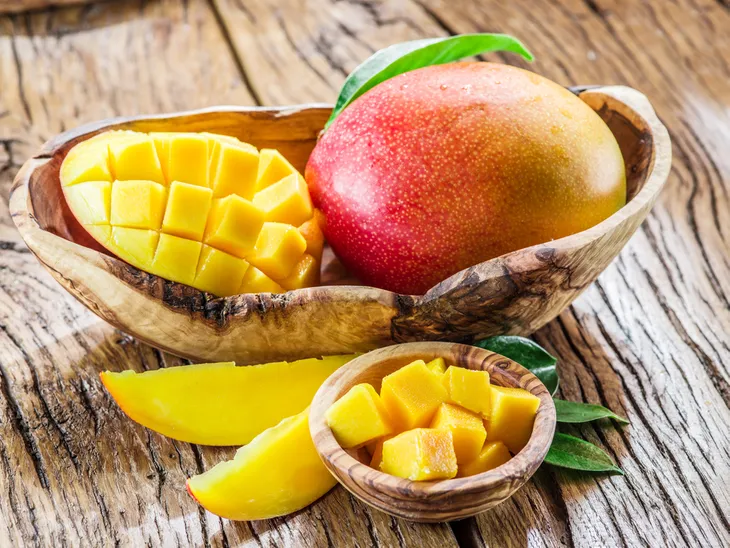- Fruits are an important part of a healthy diet because they provide essential vitamins and minerals.
- There’s nothing worse than forcing yourself to eat bland-tasting fruit. All the more reason to learn how to tell when it’s ripe!
- It’s easy to identify ripeness just by observing, feeling, and smelling fruit.
Nothing quite beats biting into a fresh, juicy piece of fruit! But navigating the grocery aisles to pick out perfectly ripe fruit isn’t always easy. The good news is, most fruits give off a few key indicators that let you know they’re ready to eat!
So, if you want to learn how to tell when fruit is ripe, follow along as we break down the key factors to look for in some of the most popular types of fruit. Remember to bring this guide with you the next time you go grocery shopping. Not only will you be eating better (and tastier) fruit, but you’ll be saving money with less food waste too!
Apples and Pears
Apples are typically ripe when picked from the tree. For this reason, it’s important that you pick the best ones at the store. When choosing applies, look for firm, smooth skin and avoid ones with soft spots. Apples will usually stay ripe in the fridge for up to 6-weeks.
Pears on the other hand aren’t always ripe when picked. If they aren’t fully ripe when you buy them at the store, you can leave them on your counter at room temperature until they develop a few brown spots (similar to a banana). When the fruit is slightly soft and smells sweet, it’s ready to eat!
Bananas
It’s perfectly okay to buy bananas when they’re underripe because they will continue ripening at home. You can tell a banana is ripe once the peel turns yellow (with a hint of brown). Once ripe, they’ll usually stay fresh for up to a week.
The good thing about bananas is even if they’re overripe you can simply stick them in the freezer and use them for other yummy treats like smoothies or healthy ice cream. Overripe bananas are also perfect for making delicious banana bread!
Watermelon
There’s nothing worse than cutting into a watermelon only to discover it’s mushy or lacking flavor. It turns out, choosing a ripe watermelon at the store is so important because, unlike some other fruits, it doesn’t continue to ripen after it’s been picked from the vine.
Luckily there are a few easy ways to tell if a watermelon is ripe. For starters, look for a field spot which is a buttery-yellow spot that indicates the watermelon was left to ripen on the vine long enough.
Next, perform a thump test. Simply give the melon a tap with your hand and listen to the sound. A ripe watermelon should have a deep hollow sound. Finally, smell the melon. A ripe watermelon should have a sweet aroma. If there’s no smell it’s likely underripe and if the odor is too strong then it’s likely overripe.
Cantaloupe
Unlike watermelon, cantaloupes continue to ripen once they’ve been picked. With this in mind, you don’t have to worry about buying an unripe cantaloupe at the store, it just means you’ll need to leave it on your counter until it ripens.
The first sign to look for in a ripe cantaloupe is the color under the netting of the fruit. When the cantaloupe is unripe it’s usually green but once it’s ripe the color will change to tan. Another way to tell if your cantaloupe is ripe is by smelling it. The fruit should have a pleasant aroma. Once the melon is ripe, you can store it in the fridge for up to 4-days before it begins to go bad.
Pineapple
Pineapple is very bland and sometimes sour when unripe, all the more reason to pick that perfectly ripe pineapple. Avoid green pineapples as this indicates it’s unripe. As a general rule, the more yellow the pineapple, the riper the fruit.
You usually want the entire fruit to be a golden-yellow color but not orange as this indicates the fruit is overripe. Also, pay attention to how it feels and smells. A ripe pineapple should be slightly firm and should smell sweet.
Oranges
A perfectly ripe, orange should be juicy and sweet. WebMD says the “best ones have shiny, thin skin and give a little when you squeeze them.” A ripe orange should also have a sweet and fragrant smell.
While most people look for bright orange color, color isn’t always an indicator of ripeness. The source explains some common varieties such as Valencia have a green tinge to them even after they are ripe. So look at the condition of the skin, as well as the aroma for a better indicator of ripeness. The other great thing about oranges is they can usually last for a while, up to 10 to 21-days when stored in the fridge.
Kiwi
The best way to tell if a kiwi is ripe is to give the fruit a gentle squeeze. If the fruit is rock-hard, it’s not ripe, however, if the fruit gives a little, then it’s ripe and ready to eat!
If your kiwis aren’t ripe, store them on the counter at room temperature. Once ripe, you can move them to the fridge until you’re ready to eat. A ripe kiwi will usually stay good for about 3 to 6-days.
Strawberries
Strawberries are another fruit that stops ripening after they are picked. All the more reason to make sure you pick up a batch of ripe strawberries at the store.
To tell if a strawberry is ripe, look at the tip of the berry. If the tip is completely red, it’s ready to eat. The berries should also have a natural shine, should be plump and not too soft, and must be showing no sign of mold. Strawberries can usually stay fresh for 2 to 3-days in the fridge. Before eating, be sure to wash them in cold water!
Peaches
Peaches can be incredibly juicy and sweet but only when they’re ripe! To ensure you’re eating this sweet fruit ripe, first inspect the color. “A ripe peach has a dark yellow color, or ground color, on the part of the fruit that hasn’t been exposed to the sun,” explains Southern Living. The side that was exposed to the sun should have a reddish tint.
You should also avoid peaches that have dark spots or bruises, or ones that are overly squishy which all indicates the peach is overripe. A ripe peach should have a little give to it when you squeeze it and a sweet aroma. If there is no smell, that typically means there will be no flavor.
Pomegranate
Pomegranates don’t continue to ripen once they’ve been picked so you’ll want to make sure you choose a good one at the store. Unfortunately, the color of the pomegranate isn’t the best indicator of its ripeness as they can range from pink to dark red. Instead, you’ll want to pay attention to their weight.
My Recipes says a ripe pomegranate should feel heavy, which indicates it’s full of juice. If you’re not sure if it feels heavy for its size, pick up a few pomegranates that are the same size to compare. The source also says to look for firm and taut skin.
Avocado
Avocados are a fun and versatile fruit — yes, they are indeed a fruit! They can be enjoyed in a salad, on toast, and mixed into so many different dishes. But there is nothing worse than cutting into your avocado only to discover it’s either rock hard or mushy brown. Luckily there are a few simple ways to tell if an avocado is ripe.
First, peel back the stem. If it’s bright green, this is usually a good indicator that the avocado is ripe. If it’s brown it usually means the fruit is overripe and if the stem is hard to remove then this usually means the avocado is underripe.
If your avocados aren’t ripe, leave them on the counter at room temperature. Once the avocado is ripe, move it to the fridge as the cold temperatures will help slow down the ripening process.
Mango
An unripe mango can taste sour and starchy. All the more reason to learn how to identify a ripe mango! A great way to tell if a mango is ripe is by giving it a gentle squeeze. A ripe mango should feel a little soft (but not mushy).
Next, smell the mango. If it smells sweet near the stem area then it’s likely sweet on the inside. If your mango is firm and doesn’t give off an aroma, leave it on the counter for another day or two to ripen. Once ripe, you can store it in the fridge for up to 5-days.
